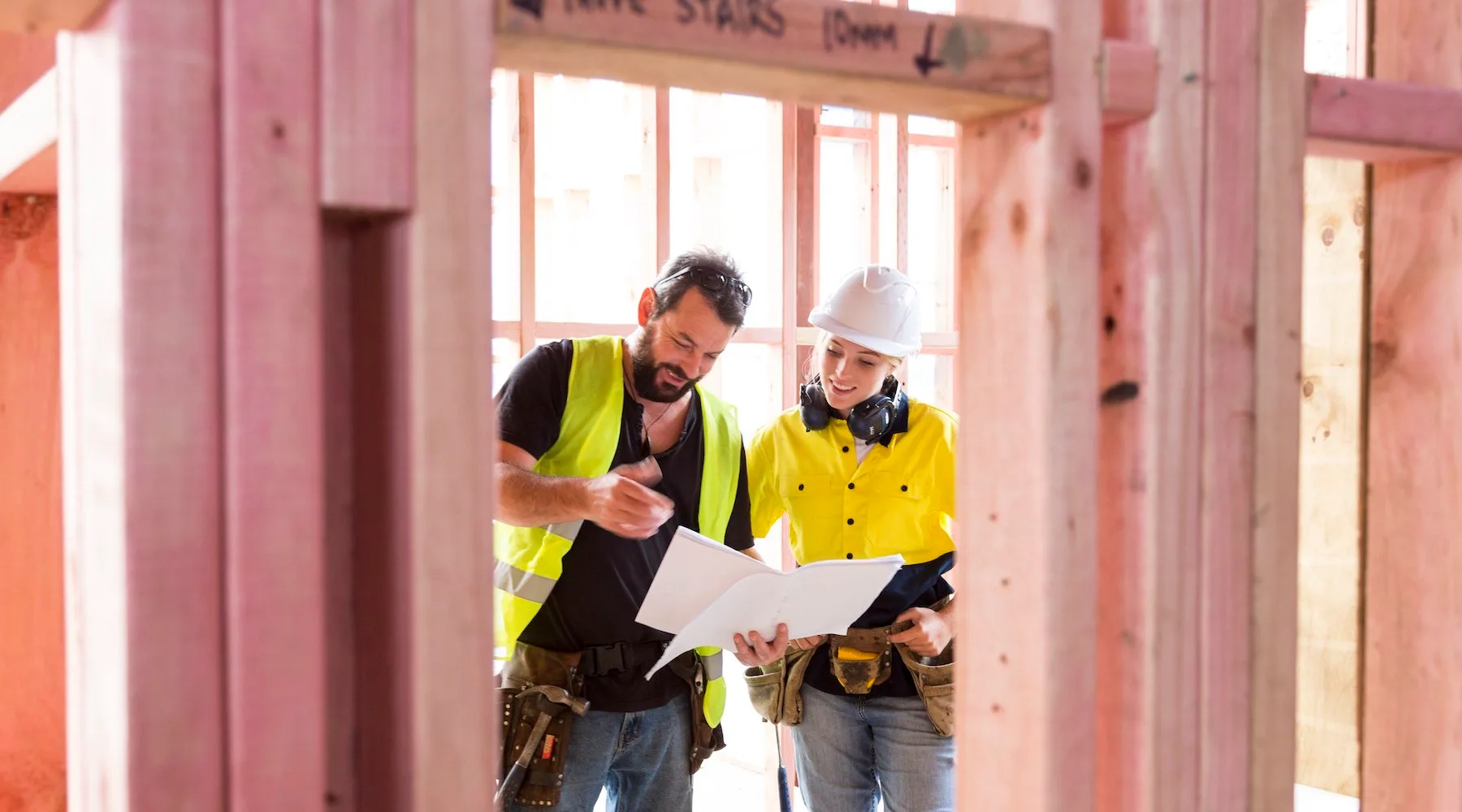Underinsurance: 4 risks for your home in 2022

It's easy to forget about home insurance once you've got it, but the cost of not updating it can be high.
Most of us live day to day comfortable with the fact that we have home insurance and in theory, we are "ok" if something bad happens.
In fact, around 4 in 5 Australians who have insurance don't have the cover needed to rebuild their home and replace the items in their home if something bad were to happen.
Perhaps even more worrying is around 23% of Australian households don't have building or contents insurance at all. That's around 1.8 million residential homes not insured.
Home insurance isn't something we shop for often, perhaps once a year. Research from Roy Morgan also shows that in more than 68% of cases, we may not look at home insurance for years once it's set up.
What I've learned from years in the insurance industry speaking to customers is they want to know that their homes are covered if things go wrong – whether it's a fire, a burglary or one of many other insurable accidents that can happen.
Here are 4 important factors to look at right now.
1. The rising cost of living
When we take out home insurance, it could offer a good level of cover. But inflation can change that.
While we may be focused on what this means for petrol prices, mortgage interest rates or groceries, the cost of repairing or rebuilding your home goes up too.
The Cordell Construction Cost Index shows that the minimum construction costs to rebuild a home have increased 18% from 2019 to 2022. That includes the costs of timber increasing by 20% and cost of bricklaying alone going up by 45%.
These are staggering increases, especially when almost every home that needs to be repaired or rebuilt uses these services.
2. Recent home improvements
Our homes provided sanctuary during the COVID pandemic and many people invested in home improvements during this time.
Those renovations can increase the value and rebuild costs of our homes.
So if our home insurance isn't updated, we could end up losing all the money spent on improvements if something goes wrong.

3. Unexpected rebuild costs
With some insurance policies, you may need to add on more for the demolition, removal of debris and redesign costs. This component alone could cost tens of thousands of dollars.
When it's not considered, it can result in customers having to settle for a smaller rebuild than what they originally had.
Some people may even look at other options, such as relocating to a different area where it's cheaper to build.
4. Only looking at the premium
Unfortunately, some people choose to insure for a lower amount so they can save on the premium. This is understandable, if risky.
I've seen customers over the years think it "wouldn't happen to them". I often speak with customers who think that natural weather catastrophes such as bushfires or floods may be the only reasons for a home needing to be rebuilt.
It can be due to different factors and many of them are not related to natural weather catastrophes at all.
It is when the claim comes through that things seem real. Planning for this puts us in a better position.
What can we do?
First, just having an awareness of what your insurance cover amount is and what your policy covers you for will make a difference.
Does your policy include costs like demolition which you are ultimately responsible for or will you need to use some of your rebuilding costs to do that?
Does the insurance cover amount factor in increases over time? If you just haven't reviewed it for a number of years, it may be time to do that.
Want to check your cover? Compare home and contents insurance policies on Finder.
There are also building cost calculators that may provide you with guidance on the possible cost. Although not exact, they provide a good starting point.
We aren't all building homes every day and it's only fair that we wouldn't know the cost to rebuild our own, so using tools like this calculator can be helpful.
A good habit that I recommend to customers is to go around the house and list out all of the items you own and should be included in your insurance coverage.
Then every few months, note all the changes in your home – be it the big-ticket items that you may have purchased or renovations that you may have undertaken.
It's also a good idea to review your home insurance policy and what it includes.
Not all policies are the same and you may think that something is included when it isn't.
An example, particularly given the unfortunate weather events in recent months, is cover for floods. Check whether that is included in your policy as standard or, in some cases, as an optional cover and whether you should take it up for your home.
Preventing the need for a claim altogether is the ideal situation, but we can't always control that.
However, we can take action towards ensuring our cover is adequate both in terms of policy coverage and the amount your home is insured for.
I've spoken with many customers in my time who unfortunately did get caught up in "life" like many of us and only learned that their coverage was inadequate when they had to claim.
Taking a few steps ourselves can help towards removing unpleasant surprises later. Allow your insurance to do what it should when things do go wrong – help make things better and bring you back to where circumstances were before.
Angelo Azar is the chief operating officer at Honey Insurance, a startup on a mission to change the home insurance space in Australia. In this role, he looks after the operations, risk and compliance and Honey's underwriter relationship with RACQ. Angelo's experience ranges across industries including insurance, banking, engineering, manufacturing, direct marketing television and fast-moving consumer goods (FMCG). It covers previous executive roles at Hollard's Insurance, Commonwealth Bank, Insurance Australia Group, St.George Bank, Metlife and BOC.
Disclaimer: The views and opinions expressed in this article (which may be subject to change without notice) are solely those of the author and do not necessarily reflect those of Finder and its employees. The information contained in this article is not intended to be and does not constitute financial advice, investment advice, trading advice or any other advice or recommendation of any sort. Neither the author nor Finder has taken into account your personal circumstances. You should seek professional advice before making any further decisions based on this information.
Images: Supplied (Honey Insurance), Getty Images
Ask a question
